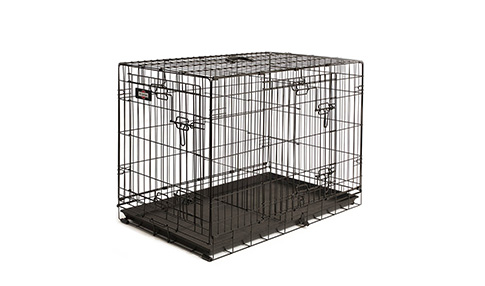Understanding Wire Mesh Gauge for Effective Selection and Use in Various Applications
Déc . 06, 2024 04:01
Understanding Wire Mesh Gauges Importance, Types, and Applications
Wire mesh is a versatile material used across various industries, from construction to agriculture. One crucial aspect of wire mesh is its gauge, which refers to the thickness of the wire used in its construction. The gauge is a critical factor that influences the strength, durability, and application of wire mesh products. In this article, we will explore the significance of wire mesh gauges, the different types available, and their common applications.
What is Wire Mesh Gauge?
The gauge of a wire mesh is a numerical representation of the wire’s diameter. The lower the gauge number, the thicker the wire. For instance, a 10-gauge wire is thicker than a 20-gauge wire. This measurement plays a vital role in determining the mesh's load-bearing capacity, rigidity, and overall performance.
Understanding wire mesh gauges is essential for selecting the appropriate type for specific applications. A thicker wire mesh often provides greater strength and resistance to wear, making it suitable for heavy-duty applications. Conversely, a thinner wire mesh can offer versatility and flexibility, making it ideal for lighter applications.
Types of Wire Mesh Gauges
Wire mesh is available in a range of gauges, catering to different requirements. The most commonly used wire gauge standards include
1. Standard Wire Gauge (SWG) This system is widely used in the UK and represents the thickness of the wire. For example, it ranges from 7 SWG (approximately 4.0 mm) to 40 SWG (approximately 0.5 mm).
2. Birmingham Wire Gauge (BWG) Predominantly used in the United States, the BWG is another standard that quantifies wire thickness. Similar to SWG, a lower BWG number indicates thicker wire.
3. American Wire Gauge (AWG) This is a standard gauge system primarily used in North America. Like BWG, the AWG operates on a numerical scale where a lower number represents a thicker wire.
wire mesh gauge

Each of these systems provides a clear understanding of wire sizes, but it’s essential to know the specific standards used in your region to ensure compatibility with your project needs.
Applications of Wire Mesh Based on Gauge
The choice of wire mesh gauge depends heavily on the intended application. Here are some common applications linked to various wire mesh gauges
1. Construction Thicker wire meshes (e.g., 10 to 14 gauge) are often used in construction projects for reinforcing concrete structures, creating barriers, and building foundations. Their robustness ensures they can withstand heavy loads and environmental stresses.
2. Agriculture In farming, wire mesh with moderate gauges (such as 14 to 16 gauge) serves various functions, including fencing for livestock and crop protection. The balance of strength and flexibility allows for effective containment without being overly rigid.
3. Industrial Uses Heavy-duty applications in factories may require very thick wire meshes (like 8 to 12 gauge) for safety barriers, equipment guards, and channelling systems. These meshes provide the strength necessary to protect both machinery and workers.
4. Home Use For gardening and home improvement projects, lighter wire meshes (e.g., 18 to 22 gauge) can be used for garden fencing, trellises, and supports for climbing plants. Their lightweight nature allows for easy handling and installation.
Conclusion
Understanding wire mesh gauges is vital for selecting the right mesh for any project. The gauge not only impacts the physical properties of the mesh but also determines its suitability for various applications. Whether in construction, agriculture, or home improvement, the right wire mesh gauge can ensure structural integrity, safety, and effectiveness. By choosing the appropriate gauge, users can enhance the performance of their projects and achieve desired outcomes efficiently.









 Unity
Unity Creation
Creation Challenge
Challenge Contribution
Contribution










